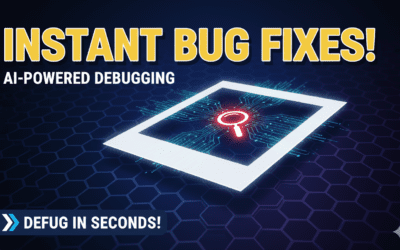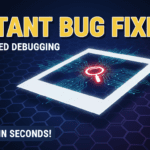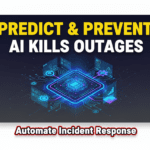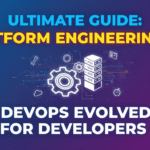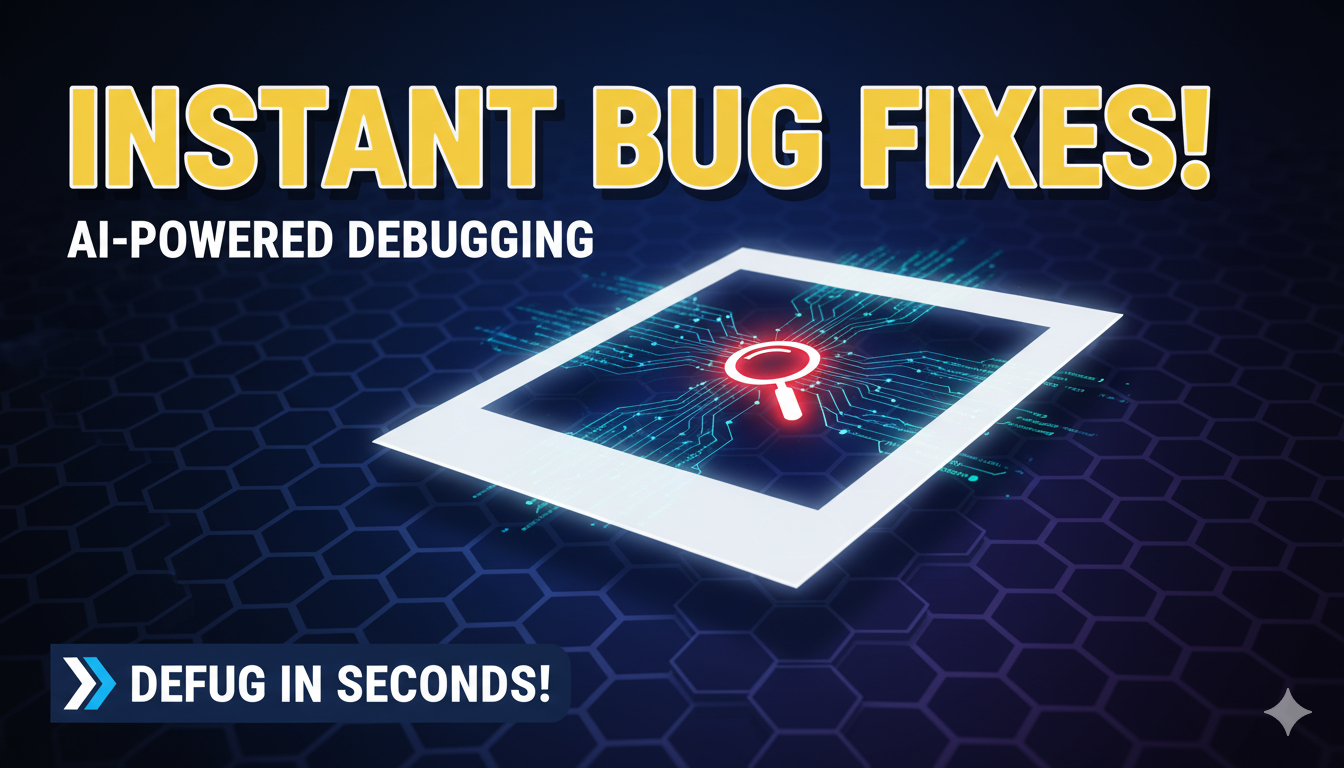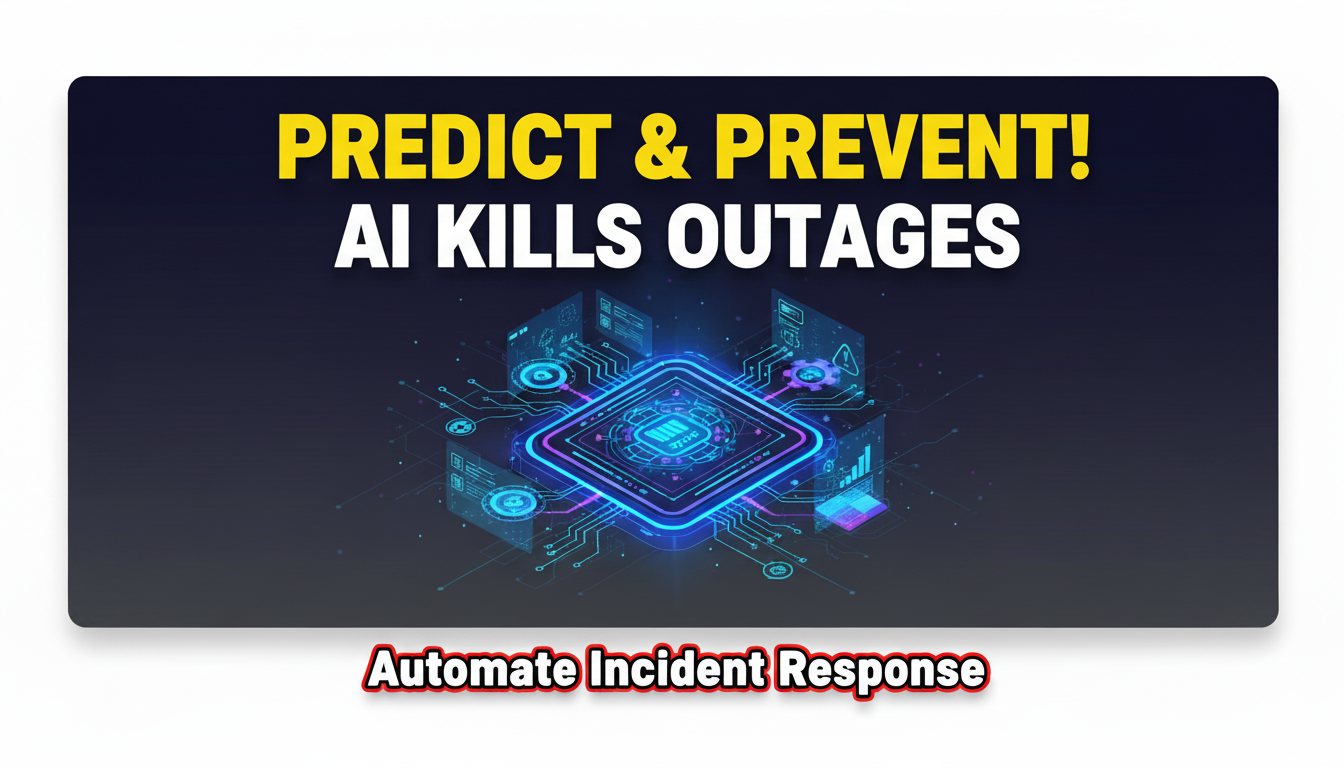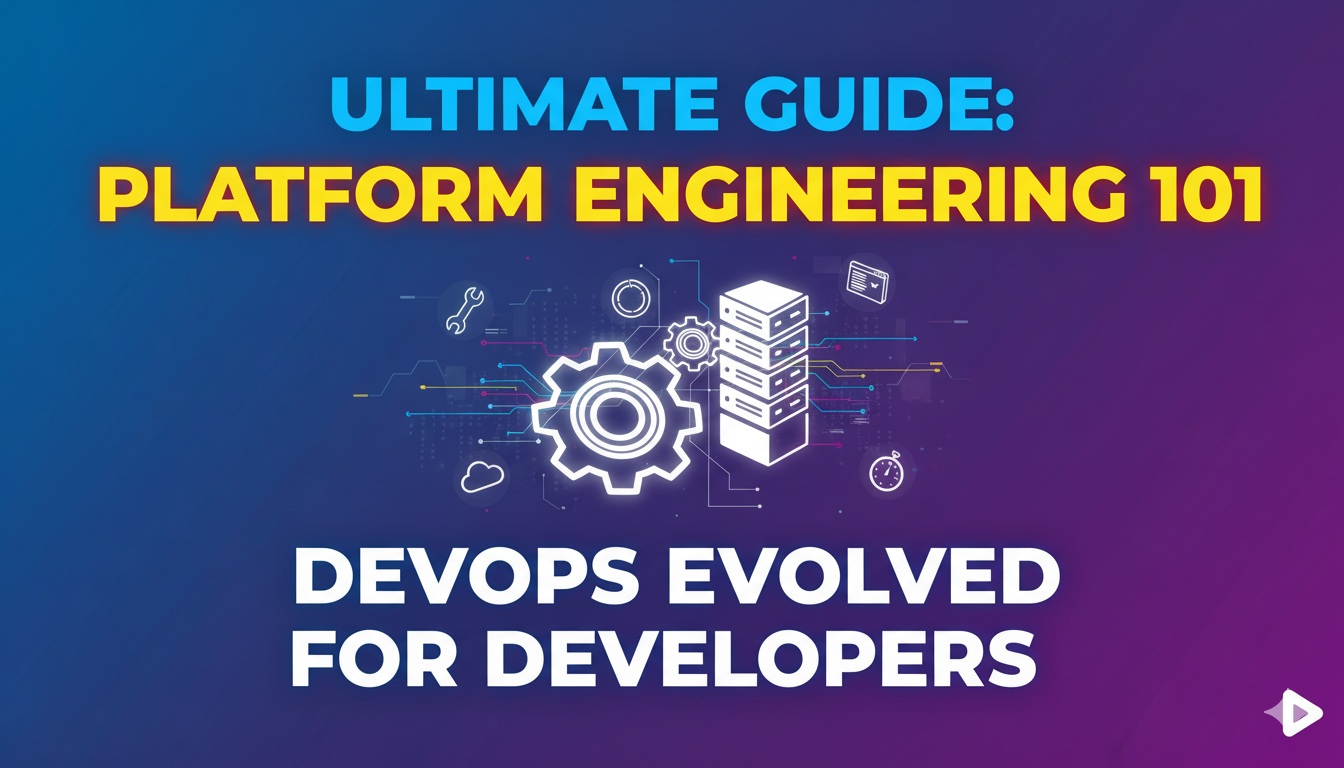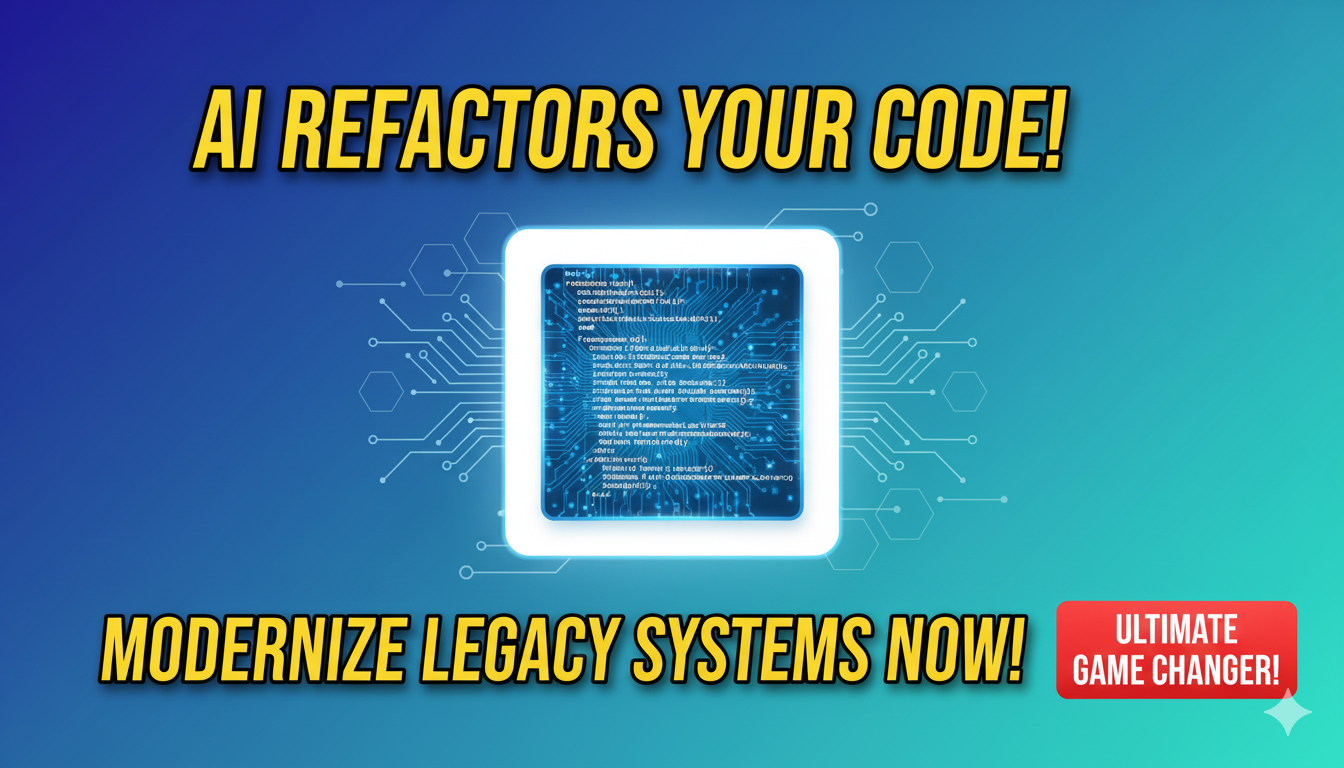For developers, debugging is a necessary but often time-consuming ritual. Traditional methods, from strategically placed print statements to step-by-step tracing in a debugger, rely heavily on human intuition and can slow development to a crawl. Enter AI-powered debugging—a modern paradigm shift that uses artificial intelligence to instantly identify bugs, security vulnerabilities, and code inefficiencies. This technology is moving debugging from a manual, reactive process to an automated, proactive one, fundamentally changing how developers write and maintain code.
The Challenge of Traditional Debugging and the Rise of AI
The traditional debugging process is fraught with challenges that impact both project timelines and developer morale. Developers can spend a significant portion of their time on repetitive tasks like hunting for common errors or summarizing code changes, which diverts valuable attention from more strategic, high-impact work . This process is not only slow but is also prone to human error, as fatigue or a simple oversight can cause subtle bugs to slip through into production. The pressure to deliver high-quality software faster has never been greater, creating the perfect environment for AI solutions to thrive.
AI-Powered Debugging Defined: Semantic Analysis and Pattern Recognition
At its core, AI-powered debugging is about moving beyond simple pattern matching to a deeper, semantic understanding of code. It leverages large language models (LLMs) trained on vast amounts of public code to understand the intent and meaning behind the code you write .
This deep comprehension is achieved through several advanced techniques:
- Semantic Analysis: AI goes beyond syntax to understand what the code is supposed to do. It analyzes the relationships between variables, functions, and data structures to catch logical errors that a linter would miss .
- Pattern Recognition: By training on millions of code repositories, AI models learn to recognize patterns associated with common bugs, security vulnerabilities, and anti-patterns, flagging them instantly .
- Data and Control Flow Analysis: These techniques allow the AI to track how data moves and changes throughout a program and understand the execution paths, helping to identify issues like uninitialized variables or unreachable code .
Deep Dive: How RooCode and AI Code Analyzers Find Bugs Instantly
Tools like RooCode and other AI code analyzers integrate these advanced techniques directly into the developer’s environment. RooCode, for instance, is an open-source, AI-powered assistant that operates within VS Code. It uses specialized debugging modes that stay on-task and can read and write across multiple files, understanding the project-wide context to spot inconsistencies that are invisible when examining a single file in isolation .
These tools work by performing a holistic analysis of your codebase. They can proactively detect potential bugs, such as null pointer exceptions, off-by-one errors, or improper error handling, by understanding the intended behavior of the code . Furthermore, they integrate with security frameworks to identify vulnerabilities, ensuring that AI-assisted development doesn’t compromise code safety .
Example: Catching a Subtle Logical Error
Consider a function designed to calculate the average of a list of numbers. A human might easily miss an edge case, but an AI-powered analyzer can catch it.
python# A function with a hidden bug def calculate_average(numbers): total = sum(numbers) average = total / len(numbers) return average
An AI tool using semantic analysis would understand the logic and immediately flag a potential division-by-zero error. It would recognize that if the numbers list is empty, len(numbers) becomes zero, causing the program to crash. It might suggest a fix like:
python# The corrected function with AI-assisted insight def calculate_average(numbers): if not numbers: return 0 # Or handle the empty list appropriately total = sum(numbers) average = total / len(numbers) return average
This example shows how AI doesn’t just find syntax errors; it finds flaws in business logic that a human reviewer might overlook, especially in a large, complex codebase.
The ROI of AI-Powered Debugging: Key Statistics on Time and Cost Savings
The adoption of AI in debugging and development isn’t just a trend—it’s a strategic move with a demonstrable return on investment. Recent data underscores the profound impact these tools are having on productivity and efficiency.
The evidence is clear: integrating AI-powered debugging is not an expense, but an investment that pays for itself in saved time, improved code quality, and more focused developer talent .
Actionable Insights: Integrating AI Tools into Your Workflow
Adopting AI-powered debugging effectively requires more than just installing a plugin. Here are some best practices to seamlessly integrate these tools into your daily workflow.
- Choose the Right Tool for Your Context: Evaluate tools based on your specific needs. Options like RooCode are model-agnostic and prioritize privacy by keeping your code local, while other analyzers might offer deep integration with specific cloud platforms or security scanning services .
- Adopt a Pair Programming Mindset: The most effective way to use an AI assistant is to treat it as a collaborative partner. Engage in a back-and-forth workflow: ask it to generate code, review its suggestions critically, and don’t hesitate to ask “why” it made a certain decision. This not only produces better code but also helps you learn in the process .
- Master the Art of the Prompt: The quality of the AI’s output depends heavily on your input. Be specific and detailed in your prompts. Instead of “fix this bug,” try “analyze this function for potential index errors and suggest a fix with error handling.” Providing context is key to getting useful, accurate suggestions .
- Maintain Architectural Control: AI excels at solving discrete, well-defined tasks. Before you start, have a plan for your project’s architecture. Guide the AI to generate code that fits your designed modules and data flow, ensuring the final codebase is coherent and maintainable .
- Refactor and Review Relentlessly: AI can help you write code quickly, but it can sometimes lead to a disorganized codebase if left unchecked. Make refactoring a regular part of your process. Use the AI itself to help review and suggest improvements for overall code quality, keeping your code clean and modular .
Conclusion
AI-powered debugging represents a fundamental leap forward in software engineering. By leveraging semantic analysis and pattern recognition, tools like RooCode are transforming debugging from a tedious, manual hunt into an instantaneous, automated process. The statistics speak for themselves, with developers reclaiming hours each week and businesses seeing a strong return on investment. By integrating these tools with a strategic and collaborative mindset, developers can offload repetitive tasks, catch elusive bugs earlier, and focus their energy on the creative and complex challenges that drive innovation forward. The future of coding is collaborative, and AI is now the most powerful pair programmer you can have.
